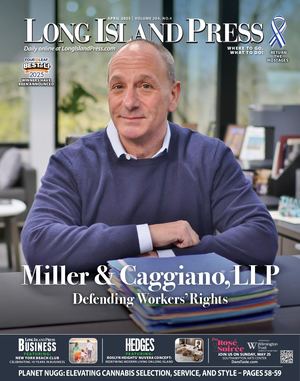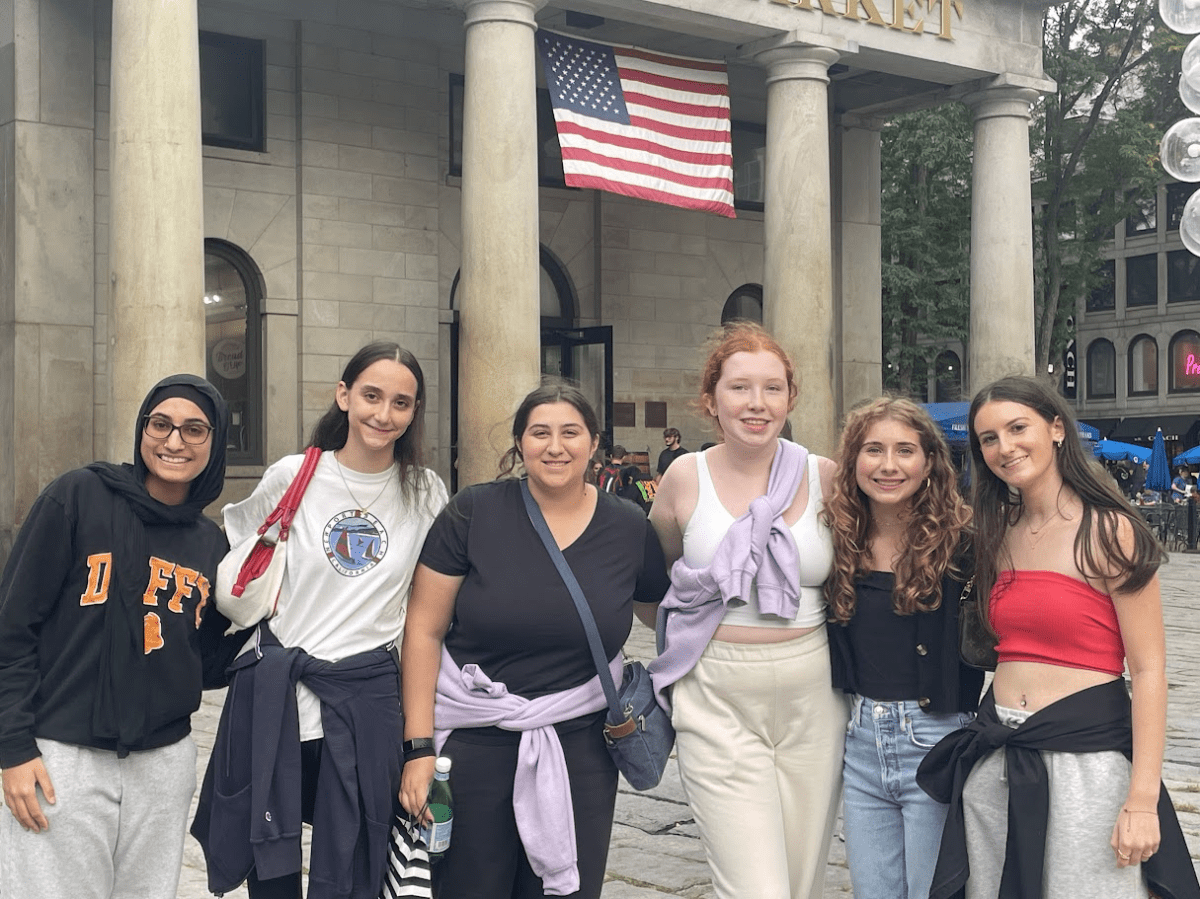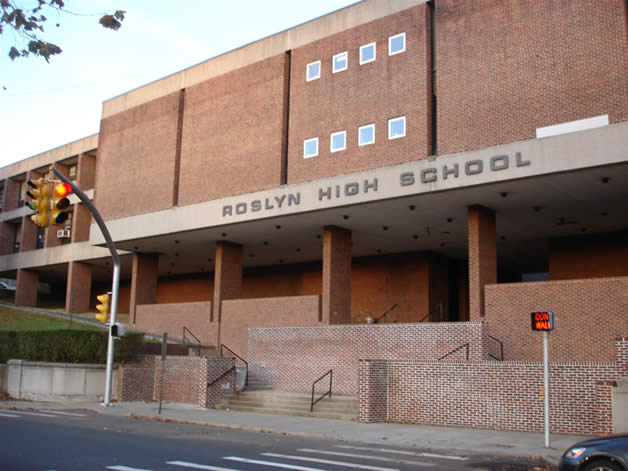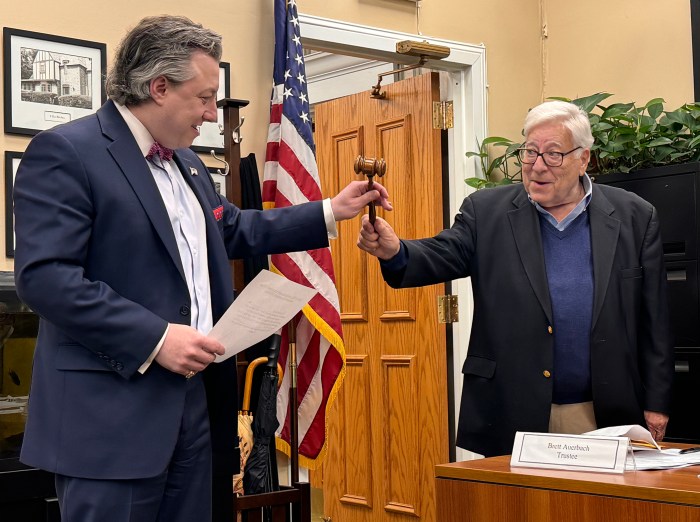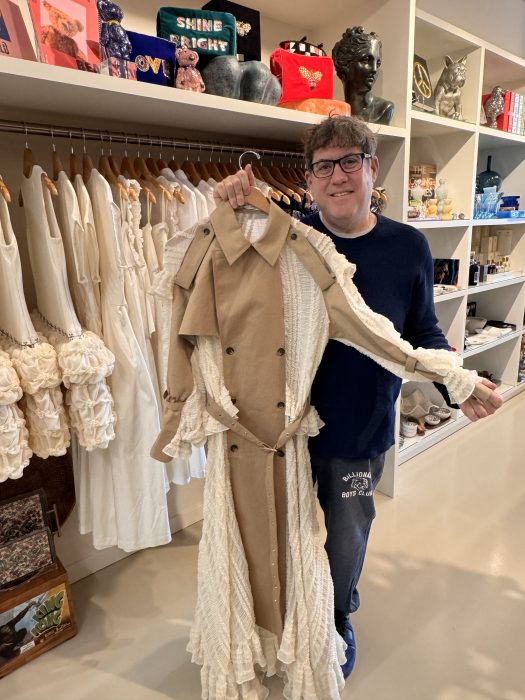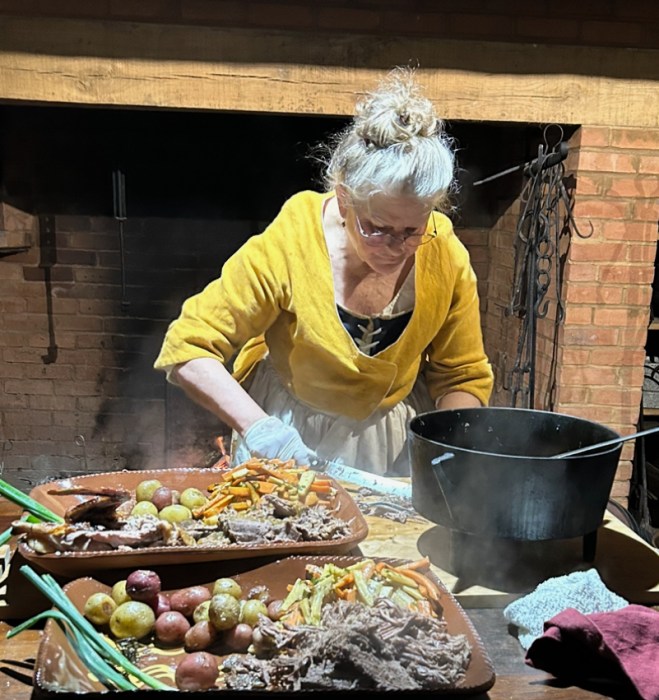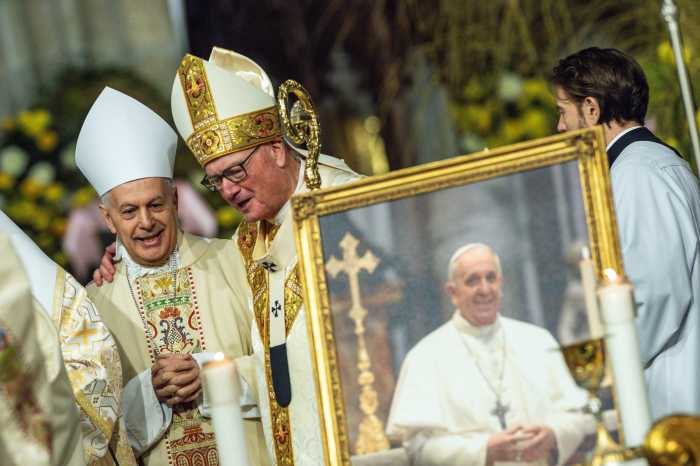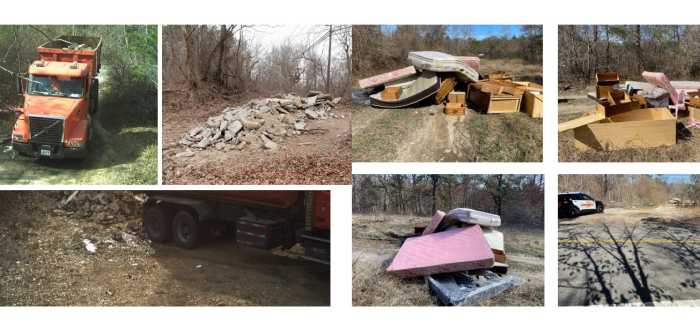Many students might have been dreading the return to school after the recent April break. Those in Wheatley’s alternative school likely weren’t among them.
Wheatley’s School Within a School has offered tenth through twelfth grade students the opportunity to have a sort of democratic-style, close-knit learning experience during periods seven through nine during the school day since around 1971, said Pat Clarke, one of the program’s longtime teachers and moderators. Many students say the program is the best part of their day.
Under the supervision of Clarke and their other ‘teacher-moderators’ – who students call by their first name – the high schoolers vote for their peers to take on leadership positions within their cohort, manage the program’s funds, look after aspects of attendance, support teachers in the grading process, and plan out the courses available to students every quarter.
Many students emphasized how important the freedom to choose their own (occasionally unconventional) classes, which range from AP Literature to podcasting to deep dives into Greek mythology to examining the Netflix show Black Mirror, is to them.
But they’re not only choosing their classes—they’re also helping to pitch and design them, occasionally teaching them to their peers alongside their teachers or by themselves.
“I think that co-teaching is such a cool thing and such an important part of SWS,” said Will Sellereerg, who has taught a class on Greek mythology by himself and co-developed and co-taught a course on Mary Shelly’s “Frankenstein” in his time in the program. “To be able to get that experience, but also to hear the new ideas, new books, that people are passionate about is great.”
SWS English teacher Lauren Blum said students take courses in developing and teaching a class and must have all courses approved by teachers prior to educating others. She said the co-teaching experience is invaluable to students, as they get practical experience as educators and help her as a teacher keep discussions flowing.

Clarke said class sizes in the alternative school are typically smaller than the average Wheatley class, sometimes only reaching around five students. Many students in the program said this helps the learning experience, allowing students to feel more comfortable asking for help and teachers to better know their students.
“Because Lauren was teaching my AP Literature class, I’m so comfortable coming to her and asking a question when I need help because I know her so well now,” said Rachel, a senior in the program, noting she has co-taught with Blum and taken multiple other classes with her. “In my other classes, if I lack that teacher connection, I struggle a lot more in classes.”
Students also emphasized how valuable the program’s academic freedom was to them in their learning and college preparation.
“I always search for independence in anything I do,” Ayden W., a student in the program, said. “I feel like SWS allows you to be independent. I’m a very creative person. I like to make films. I feel like in most classes, you’re subjugated to just following a certain curriculum, but here, you’re able to form your own ideal school in a college-like schedule.”
“I feel like I’m more prepared for my future,” he added.
Clarke said creativity and choice are just two of the program’s elements that draw students in. What appeared to make students revere the program was its emphasis on community, collaboration, and leadership opportunities.
“I think the community aspect is so important, as well as all the leadership potential,” Adriana Petrizzo, the program’s previous student moderator, said. “I would say that I’m a person who likes to kind of take charge. SWS really allows you to do that, because there are so many ways to just really get involved.”
Those in the program called Wednesdays as community days where, instead of taking classes, students focus on connecting with each other and their teachers while maintaining the organization of the program for themselves, doing this like holding elections for open leadership seats, keeping the program’s constitution updated, holding town hall meetings and playing games.
“We’re capable of providing a really comfortable, safe community space,” Clarke said. He said this makes students feel more comfortable asking for help, helps develop their social-emotional intelligence and has allowed them to find what they are really passionate about and to have the space to develop non-traditional skills and excel in areas they wouldn’t have otherwise.
Clarke said programs of this nature used to be common on the island, but many died out before the 2000s. Wheatley’s alternative school, though it has remained strong over the years, has occasionally faced pushback for being too “hippie”, he said, something he’s found frustrating during his time in the program.
But, to anyone talking with SWS’s students and teachers, it’s clear its unconventionality does not make it a lackadaisical program.
Adriana? She’ll be starting at Yale next year and has plans to become a lawyer. Rachel? She and Blum joked about how she just couldn’t stop designing lesson plans for the course they co-taught, frequently pulling together presentations before Blum even had a chance to start. Another student said she organized a program-wide camping field trip all by herself (though teachers quickly jumped in to say they were also in attendance).
“We try to create a space where you can do something you’re good at,” Clarke said. “The kids do things that are so impressive, and it’s because they feel that agency and they feel that ownership [in the program]. I’m very happy we’ve been able to keep it supported.”
